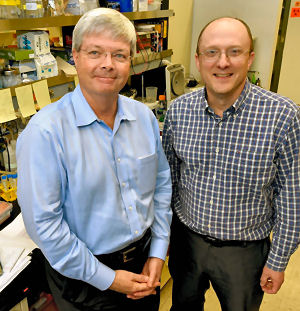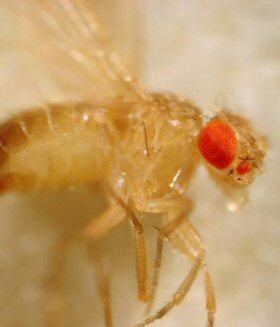
For the first time, Northwestern University researchers have turned off a life-threatening allergic response to peanuts by tricking the immune system into thinking the nut proteins aren’t a threat to the body. Details of the preclinical study have been published in the Journal of Immunology.
Northwestern’s Paul Bryce said the peanut tolerance was achieved by attaching peanut proteins onto blood cells and reintroducing them to the body – an approach that he believes may one day be able to target more than one food allergy at a time. It’s the first time the method for creating tolerance in the immune system has been used to treat allergic diseases. It was previously used successfully in treating autoimmune diseases (multiple sclerosis and type 1 diabetes).
For the study, Bryce and co-researcher Stephen Miller used a mouse model that mimics a life-threatening peanut allergy. They attached peanut proteins onto leukocytes (white blood cells) and then infused these back into the mice. After only two treatments, the mice did not have a life-threatening allergic reaction when given peanuts.
Bryce said their immune systems recognized the peanut protein as safe after the two leukocyte infusions. “Their immune system saw the peanut protein as perfectly normal because it was already presented on the white blood cells. Without the treatment, these animals would have gone into anaphylactic shock.”
The researchers believe their work may eventually be used in a clinical setting for patients with all sorts of allergies. For allergic airway diseases, they are also working with micro-particles (rather than white cells) to induce tolerance.
Related:
Discuss this article in our forum
Evolution to blame for modern-day health problems?
Gender slant on hygiene hypothesis could explain skewed disease rates
Cleanliness Next To Sickliness








Comments are closed.